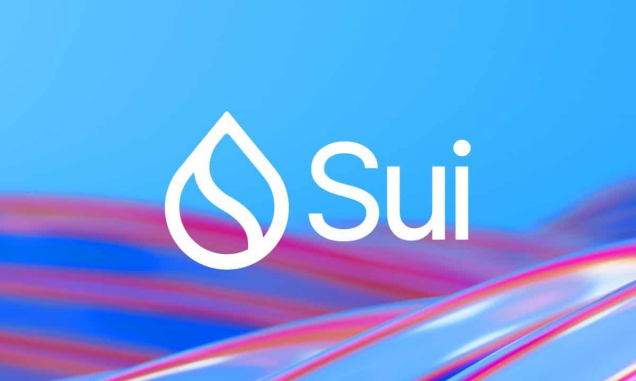
The name Sui is pronounced "swē" in English and is derived from the Japanese word for the element of water. This influence can be seen in Sui’s branding, blockchain name, and its native tokens (SUI and MIST). This article will delve into various aspects of the Sui blockchain, including its Layer 1 protocol, token economics, consensus mechanisms, different networks and their use cases, and introduce the Move language that provides logical support for Sui.
Sui Blockchain Overview
Layer 1 protocol
Sui is defined as a blockchain of Layer 1 protocol. In a nutshell, this means that Sui uses its own native token (SUI) on its network to perform consensus and validation of transaction blocks (activity). Ethereum (ETH) and Bitcoin (BTC) are examples of other Layer 1 blockchains. In contrast, Layer 2 blockchain utilizes the infrastructure of the Layer 1 network and relies on the Layer 1 blockchain to complete blocks of transactions. Polygon (MATIC) is an example of a Layer 2 blockchain that extends Ethereum.
SUI token
Sui’s native token is SUI. Whenever SUI (all caps) is mentioned, this coin is being referred to. Transaction blocks on Sui usually involve a small fraction of the SUI value. To handle these transaction blocks more conveniently, Sui provides MIST. One hundred million MIST equals one SUI.
Everything has a cost, and blockchain transactions are no exception. It costs money to provide computing power to process blocks of transactions and store their results. The term for the cost of processing a block of transactions is "gas". You pay for gas and the cost of storing data using the blockchain’s native token (SUI or MIST in this case).
Delegated Proof of Stake Consensus
Sui uses the Delegated Proof of Stake (DPoS) consensus mechanism to validate blocks of transactions on the chain. This means that validators on the Sui network must have a certain amount of SUI on the Sui Mainnet, either from their own funds or in partnership with the Sui Foundation, to demonstrate their interest in the security of the blockchain. This approach aligns the interests of all validators with the interests of Sui users (an efficient, secure blockchain) without the high demand for energy resources seen with earlier blockchains.
Sui network
Sui has several networks available, each serving a different purpose:
Mainnet
Mainnet is the network that processes blocks of produced transactions. When you trade SUI or ultimately fiat-based NFTs, you are doing so on Sui’s Mainnet network.
Testnet
Testnet serves as a staged network, providing quality assurance that any planned changes to Sui will not adversely affect performance. Developers can use this network to test their code before putting it into production.
Devnet
Devnet is a more unstable network used for developing new features. Developers can leverage this network to write code targeting Sui's latest planned features.
Localnet
You can run Sui Network on your local computer. Developing using a local network provides an optimized workflow in a controlled environment.
Move language
The Move language provides logic for all activities on Sui, such as trading NFTs, playing Sui-integrated games (dApps), and all other transaction-based events. The Sui platform adopts a different concept from early blockchains, where blocks on the chain are actually objects that define assets, rather than simple key-value stores that define addresses. The enhanced programmability inherent in objects requires more powerful logic engines to maximize the benefits of this new approach to blockchain technology.
Application scenarios of Sui platform
Financial Services
Sui blockchain can be used for a variety of financial services, including but not limited to payments, lending and insurance. Its efficient transaction processing capabilities and security make it ideal for fintech companies.
NFTs and digital assets
Sui's Move language and its efficient transaction processing capabilities make it an ideal platform for creating and trading NFTs and other digital assets. Users can create, buy and sell various digital assets on the Sui platform, thus promoting the development of the digital economy.
Decentralized Applications (dApps)
Sui supports a variety of decentralized applications (dApps), including games, social media, and supply chain management. Developers can take advantage of Sui's efficient network and Move language to create innovative applications that meet the needs of different users.
supply chain management
The transparency and immutability of Sui Blockchain make it an ideal solution for supply chain management. Businesses can use Sui to track the origin and flow of products, thereby increasing supply chain transparency and efficiency.
in conclusion
Sui Blockchain provides users and developers with an efficient, secure and flexible platform with its Layer 1 protocol, delegated proof of stake consensus mechanism, diverse network structure, and powerful Move language. Whether in financial services, NFT and digital assets, decentralized applications or supply chain management, Sui has demonstrated its strong application potential.
By in-depth understanding and utilization of Sui blockchain technology, we can better respond to the challenges of the modern digital economy and promote the further development of blockchain technology.